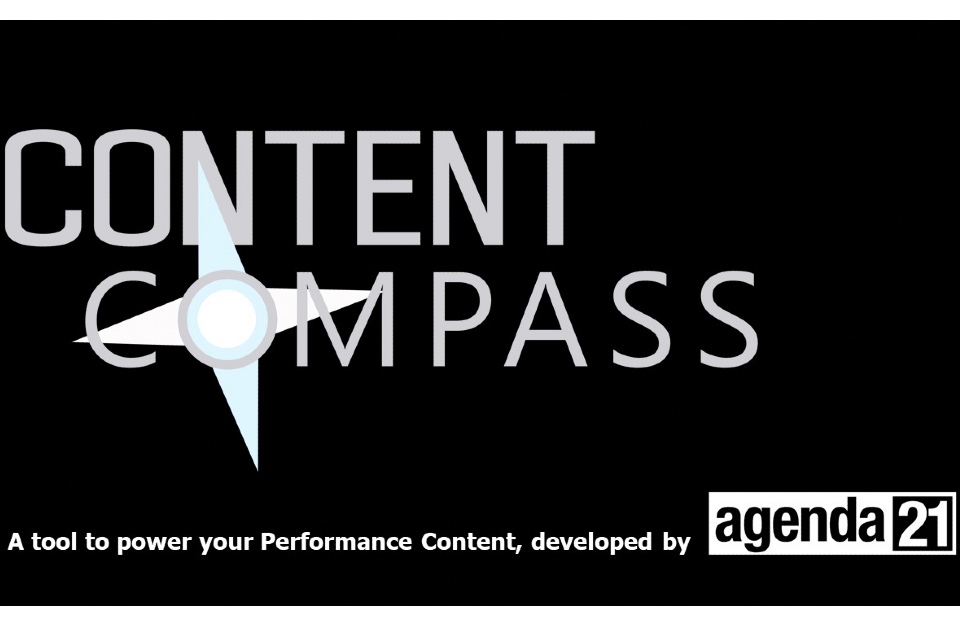UK Global Screen Fund awards £3.3m to support global marketing efforts
The BFI has made a further 30 awards through its UK Global Screen Fund, backing seven new international co-productions and supporting 23 UK screen content businesses to boost their international marketing activities and enhance the success of their content globally.
Financed through the Department for Culture, Media and Sport (DCMS), the latest batch of awards sees over £1.3 million being allocated through the fund’s International Co-production strand and over £2 million being allocated through the fund’s International Business Development strand.
This latest round of International Co-production awards sees the UK co-producing with 12 territories and will be the first time the fund has supported collaborations with Hungary, Norway and Spain. The funding will also support partnerships with Belgium, Finland, France, Germany, Greece, Lithuania, New Zealand, Poland and Sweden.
The awards, in the form of non-recoupable grants, support UK independent companies as minority co-producers for feature films of all genres, and as majority and minority co-producers for TV projects in animation and documentary genres. This latest funding round supports seven feature films, including one documentary.
Financial support for International Business Development will provide the 23 companies from all over the UKwith funding via one of two tracks:
- Film Transformation, for internationally-focused transformational business strategies related to independent UK films, with strategies spanning three to five years
- General, for business strategies to create, acquire and/or exploit intellectual property (IP) across film, TV, animation, documentary and interactive narrative video games, with strategies spanning three years
The funding, awarded in the form of non-recoupable grants and ranging between £50,000 and £150,000 in total over a three year period, is focused on helping companies achieve new international business partnerships, enhance their profile and reach in the global marketplace, and increase revenue generation through export and international expansion.
Culture Secretary Lucy Frazer said: “The UK’s film, TV and video game firms are global trailblazers and we are determined to maximise their potential to drive economic growth and showcase their creative excellence across the world. Thanks to our investment through the UK Global Screen Fund, independent films – like the BAFTA-nominated Scrapper – are getting the support they need to develop international partnerships, attract investment and reach new audiences on a global stage.”
Denitsa Yordanova, BFI Head of the UK Global Screen Fund and International Funds, said: “This latest round of awards demonstrates the inspiring global ambitions of our unique independent screen sector, supporting companies across the UK to forge new international collaborations and implement exciting growth strategies. It is fantastic to also see such a strong slate of co-production projects, working with a diverse range of international territories, many for the first time. The UK Global Screen Fund is proud to back such a wide variety of ambitious plans for creating new content with international resonance and for developing business strategies to reach international audiences and I look forward to following these ambitious projects and companies as they reach their full potential in the global marketplace.”
Photo by Gordon Cowie on Unsplash










